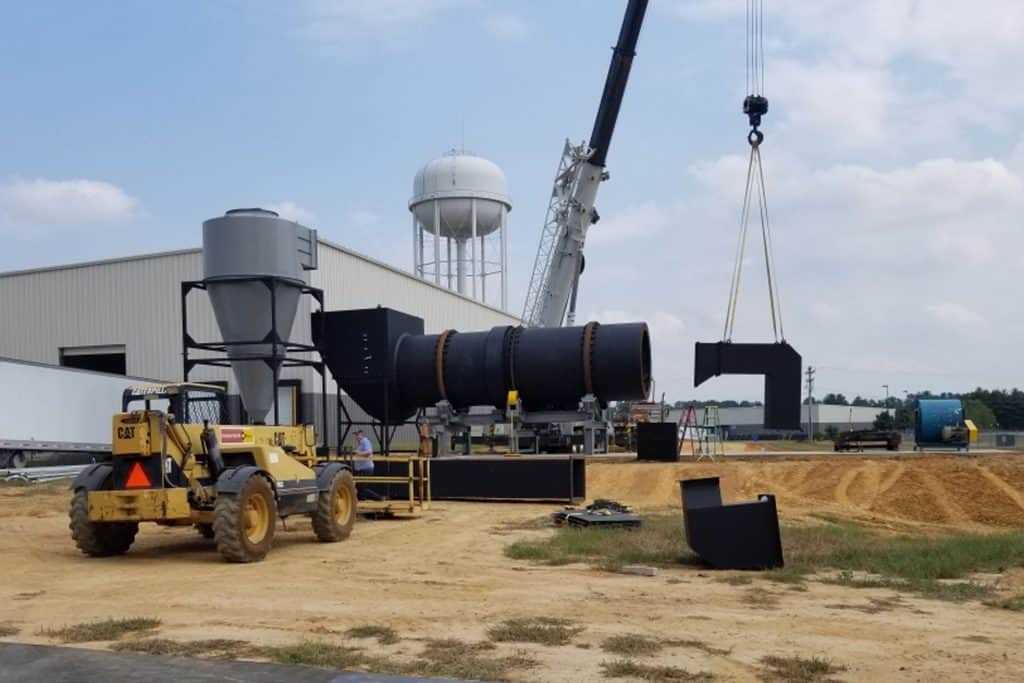With meat being one of the main food groups in our diets, it is important to have plenty of livestock and slaughterhouses to meet demands. In the US alone, there are roughly 2,700 slaughterhouses who butcher cattle, chicken, lamb, swine, and any other meat providing animal that you can think of. Slaughterhouses mainly focus on the meat from the animals, meaning that the bones and blood become a waste product. With the number of animals that are butchered each day, the waste produced is a massive quantity. Processing the bones and blood to make bone meal and blood meal became a popular way in utilizing these wastes.
Bone meal consists of ground bone that has been dried. The mixture can be used as a feed supplement to provide high amounts of calcium and phosphorus to the diets of swine and chickens. Calcium helps build skeletal structure and supports muscle and nerve function while phosphorus helps with fertility and growth rate. Bone meal can also be applied as a fertilizer and has a N-P-K (nitrogen, phosphorus, potassium) rating of 1-13-0, meaning low levels of nitrogen and potassium, but a high level of phosphorus. The high phosphorus levels help plants with cell development and energy storage, allowing better growth and reproduction.
Blood meal is made by drying coagulated blood, usually from cattle or swine, into a powder. Like bone meal, it can be used as an animal feed or as a fertilizer. Blood meal as an animal feed provides high levels of protein. It is mainly used for cattle, fish, and poultry. As a fertilizer, it has a N-P-K rating of 13.25-1-0.6, meaning low phosphorus and potassium levels, but a high level of nitrogen. The high amount of nitrogen, much like the phosphorus, allows the plant to capture sunlight more efficiently from photosynthesis and increase growth and reproduction.
At Vulcan® Drying Systems, we dry bone and blood meal by using a direct fired rotary dryer system. This system can include feed/discharge conveyors, a drum dryer with burner, fuel train, and pollution control. Vulcan® Drying Systems designs each system to fit the specific needs of our customers. This will ensure that they are not paying for over or undersized systems. Each Vulcan® customer receives a manual that is designed around their system which includes initial setup, safety, startup and shutdown sequence, and all other information to get their system up and running.
The article below goes into more detail of the pros and cons of using bone meal as a fertilizer.Related Article: https://www.thespruce.com/bone-meal-fertilizer-pros-and-cons-5093936




